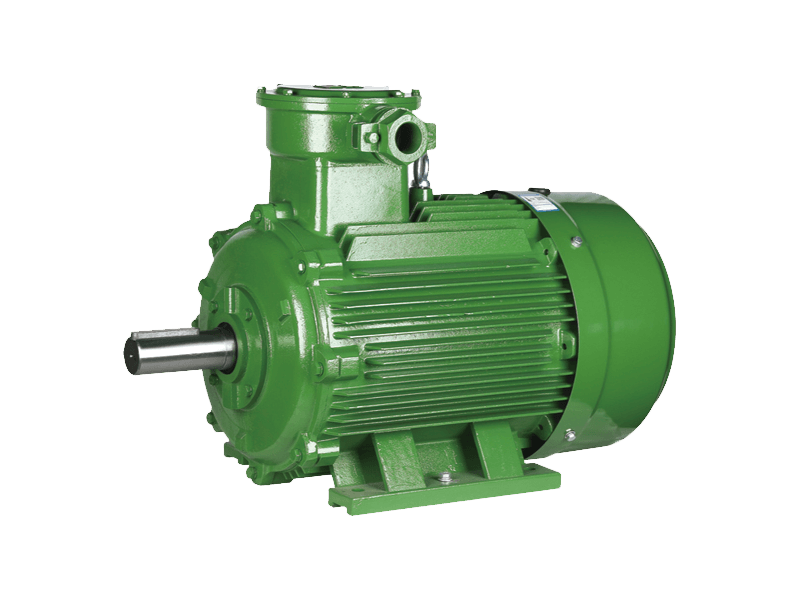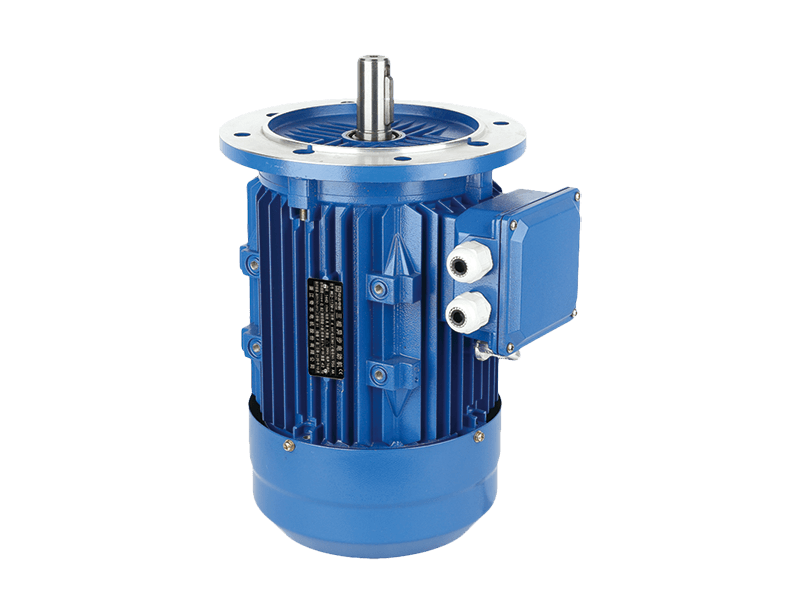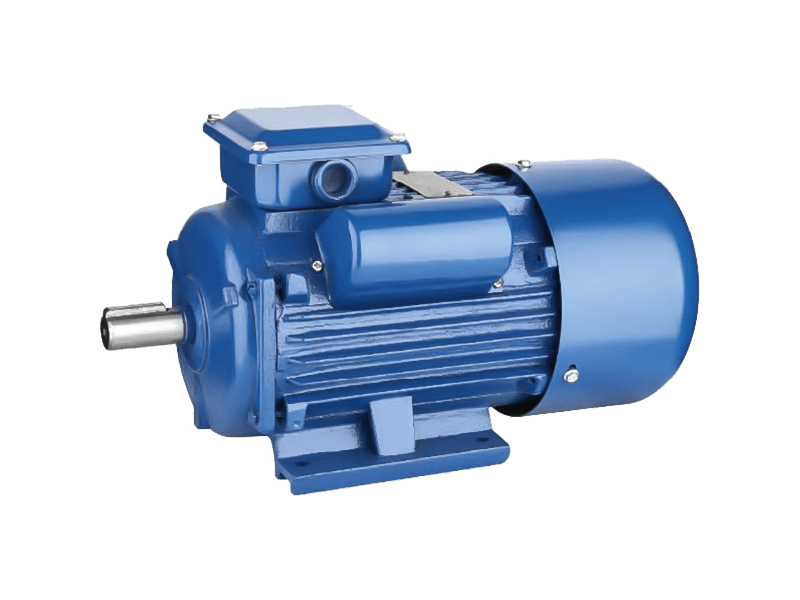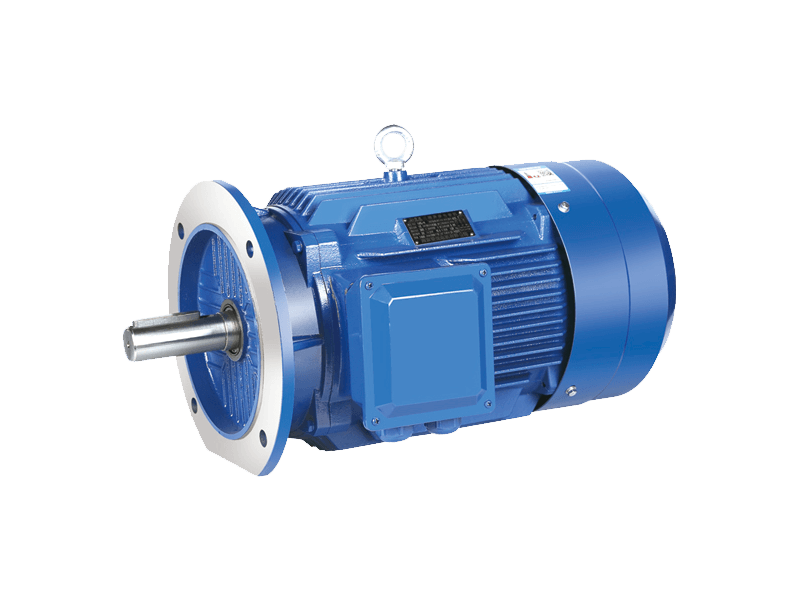The global industrial and commercial sectors are increasingly recognizing the strategic importance of low voltage motor systems, with these components becoming central to operational efficiency, workplace safety, and sustainable energy management. Defined by specific operational parameters, the low voltage motor represents a category of electrical machinery that continues to evolve through technological innovation, finding new applications across a remarkably diverse range of fields.
A fundamental characteristic that distinguishes the low voltage motor is its enhanced operational safety profile. The reduced electrical potential inherent in these systems significantly diminishes risks related to electrical hazards, creating a safer environment for maintenance personnel and operators. This safety advantage makes the installation and ongoing maintenance of a low voltage motor system more straightforward compared to alternative solutions, potentially reducing operational disruptions and associated costs. The inherent reliability and robust construction of a properly specified low voltage motor further contribute to consistent performance in various challenging industrial environments, ensuring prolonged service life with small intervention.
Energy efficiency represents another compelling attribute of the modern low voltage motor. Continuous engineering refinements in electromagnetic design, the implementation of premium materials for windings and cores, and advanced thermal management systems have collectively pushed the efficiency boundaries of these motors. Contemporary versions of the low voltage motor frequently surpass established efficiency benchmarks, delivering substantial reductions in electricity consumption for businesses and organizations. The capability of a well-designed low voltage motor to maintain high efficiency across varying load conditions creates significant opportunities for energy conservation and operational cost reduction over the equipment's entire lifecycle.
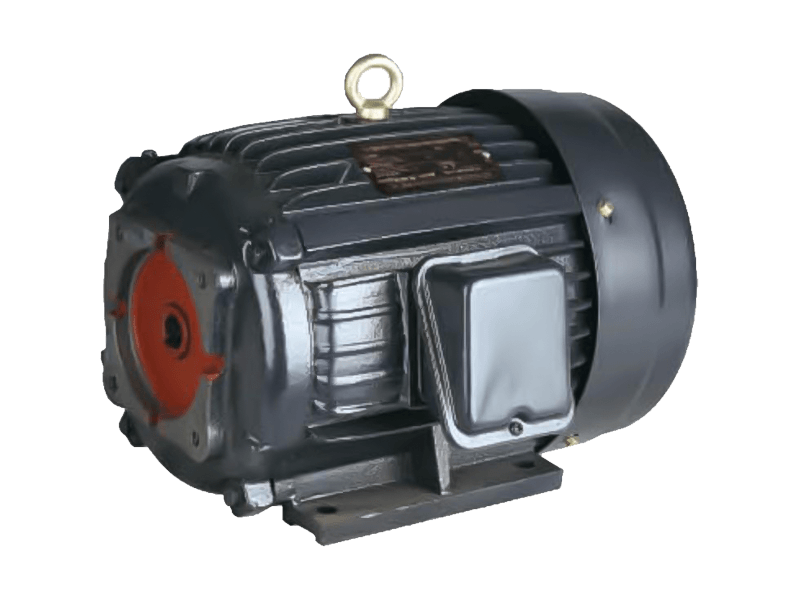
The operational flexibility of the low voltage motor is greatly enhanced through integration with modern control technologies, particularly variable frequency drives. This powerful combination enables precise manipulation of rotational speed and output torque, allowing processes to be superbly matched to actual demand. Whether managing pump flow in a water treatment facility, regulating fan speed in an HVAC system, or controlling conveyor velocity in a distribution center, the synergy between a low voltage motor and sophisticated controls delivers optimized performance while small energy waste. This dynamic controllability makes the low voltage motor particularly suitable for applications characterized by fluctuating operational requirements.
The scope of applications for low voltage motor technology continues to expand across multiple sectors. In industrial manufacturing, these motors provide reliable power for machinery, compressors, and processing equipment. Commercial buildings utilize low voltage motor systems extensively within heating, ventilation, and air conditioning systems, as well as in elevator and escalator mechanisms. The growing renewable energy sector employs specially designed low voltage motor technology in solar tracking installations and various auxiliary systems, highlighting the technology's adaptability. This widespread applicability confirms the position of the low voltage motor as a fundamental driving component in countless mechanical and electrical systems worldwide.
Future development pathways for low voltage motor technology appear closely linked with digitalization and intelligent system integration. The emergence of smart motor concepts, where sensors are embedded within the low voltage motor housing to monitor operational parameters like temperature, vibration patterns, and energy consumption, represents a significant advancement. This evolution toward connected, data-capable low voltage motor systems will undoubtedly enhance their role in building smarter, more efficient, and more responsive industrial and commercial infrastructures for the future.



